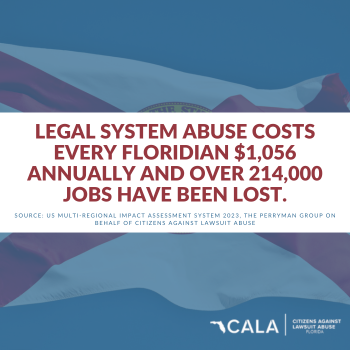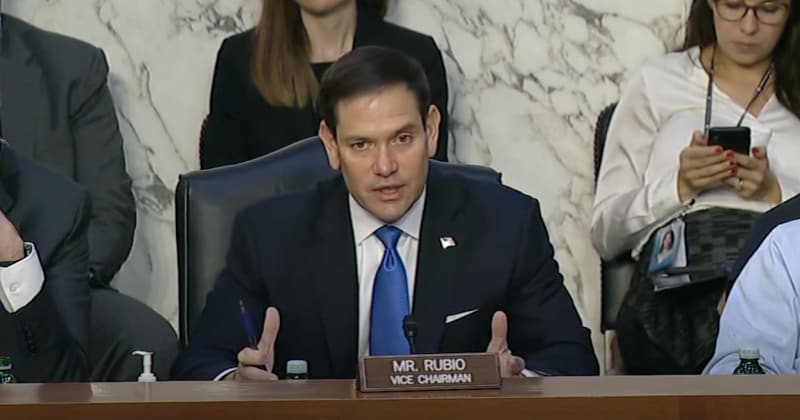As governments implement ambitious policies and invest hundreds of billions in new technologies to decarbonize their economies in the lead-up to the United Nation’s COP28 climate change conference, the European Union recently joined 17 other countries in calling on world leaders to prioritize “a total phaseout of fossil fuels by 2050”and warning that carbon capture and storage (CCS) is no substitute for “an urgent and just transition to renewables.”
In reality, the most urgent and necessary priority is, and must remain, reducing global emissions to net zero by 2050 to keep global warming below the 1.5-degree-Celsius tipping point identified by the UN Intergovernmental Panel on Climate Change (IPCC). That is the goal of the seminal COP21 Paris Agreement and everyone—from the IPCC to the International Energy Agency (IEA), U.S., UAE, China, Canada and even, ironically, the EU’s executive cabinet, the European Commission—agrees: We cannot achieve it without CCS.
That doesn’t mean governments shouldn’t continue to invest in renewables and other clean energy technologies, like hydrogen. Indeed, this is already underway in the U.S. through programs established under last year’s Inflation Reduction Act (IRA). But barring some unforeseen, unprecedented technological breakthrough, generating enough clean power to meet exponentially rising global energy demand will take time—and time is a luxury the warming planet does not have.
In use since the 1970s, CCS is a proven technology, deployed worldwide today by some 40 commercial facilities to reduce the carbon intensity of largescale industrial processes. Another 500 CCS projects are already in development, including 50 announced in the past year alone that are on track to capture around 125 megatons of carbon dioxide per year by 2030—equivalent to emissions from over 140,000 pounds of coal burned. To achieve net zero goals, however, the IEA says we’ll need to significantly increase this capture capacity to 7.6 billion tons of carbon per year by 2050.
Even if fossil fuels were phased out in the transportation and electricity generation sectors, we would still need steel and cement to build cities, fertilizer for farms, and chemicals to make plastic and other countless products we use every day, all of which would still require fossil fuels.
For the industries that make these products, there are no economical alternatives to oil, natural gas, and even coal, which have a high energy density and high combustion temperatures, making them almost uniquely capable of providing the extremely high-heat energy these industries require to operate. While electricity can be converted into heat, the conversion process is extremely energy-intensive and inefficient. In some industries, like petrochemicals, oil and natural gas also serve as the basic building blocks, or “feedstocks,” used to create a wide range of products, like plastic and rubber.
Steel and cement pose particular challenges because carbon dioxide is produced by chemical reactions that occur in the manufacturing process. In a steel blast furnace, iron oxide ore reacts with carbon monoxide to produce pure iron and carbon dioxide. In a cement kiln, limestone is heated to produce pure lime and carbon dioxide. Both these processes require heating to high temperature, but even if this heat were replaced with a clean energy source, there would still be significant amounts of carbon dioxide produced. For this reason, steel and cement are often called “hard-to-abate” industries, and the carbon emissions are inevitable as long as humankind continues to use still and cement.
Research and development of clean alternatives is ongoing, but current innovations are nowhere near ready or capable of being effectively deployed at the scale necessary to rapidly decarbonize these industries. In the meantime, CCS provides a realistic, immediately viable pathway to decarbonization as we continue to explore economically feasible fossil fuel alternatives.
In the U.S., Congress established that CCS will play a critical role in our clean energy future through the IRA, which increased the tax credit for carbon captured and storage, known as 45Q, to $85 per ton, making CCS economically viable for a wide range of industries. In April, the U.S. Environmental Protection Agency (EPA) reaffirmed this commitment with its new proposed rule requiring most fossil fuel-fired power plants to install CCS to reduce their emissions at least 90p percent by 2040 to avoid closure.
In a few months, parties will convene at COP28 in Dubai and discuss a range of solutions to climate change. CCS is by no means the only solution, but it is an important and well-established one. Provably capable of immediate, large-scale emissions reductions, accelerated CCS deployment will give us a fighting chance in avoiding the most devasting consequences of climate change by enabling a realistic path to net zero as we scale-up clean energy alternatives.
Hugh Daigle is associate professor of petroleum and geosystems engineering at The University of Texas at Austin. This article was originally published by RealClearEnergy and made available via RealClearWire.













